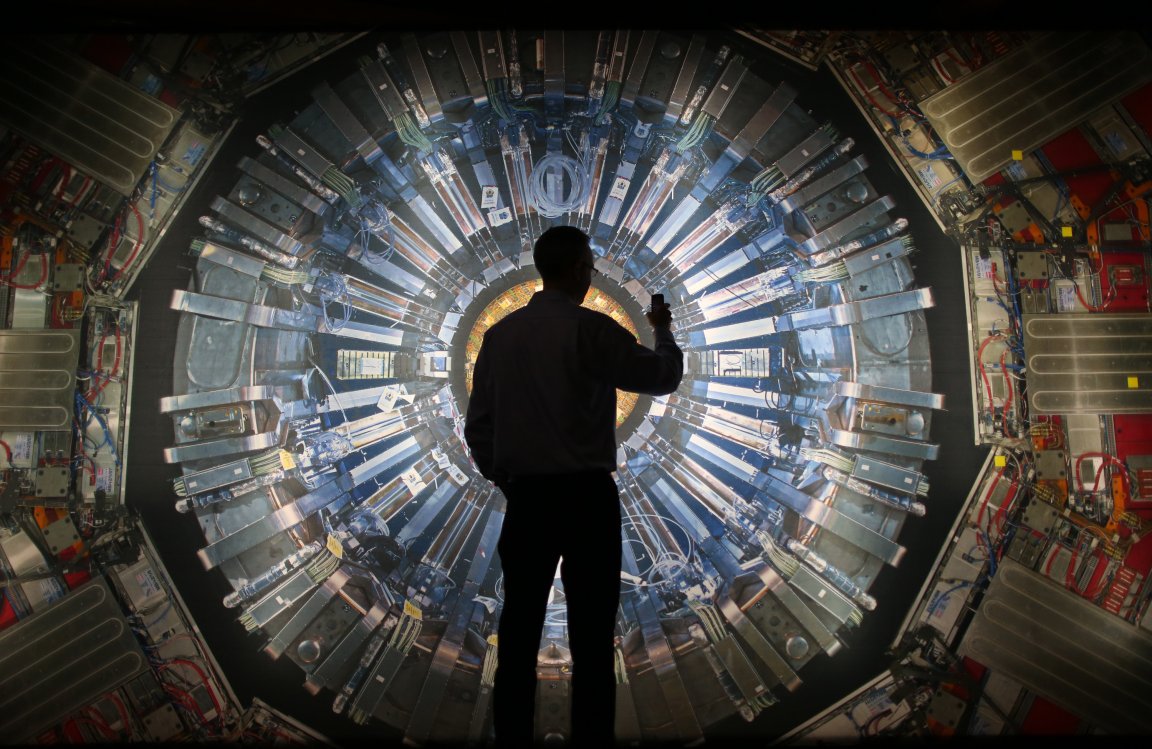
The Unanswered Question
The European Council for Nuclear Research (CERN) works to help us better understand what comprises the fabric of our universe. At this French association, engineers and physicists use particle accelerators and detectors to gain insight into the fundamental properties of matter and the laws of nature. Now, CERN scientists may have found an answer to one of the most pressing mysteries in the Standard Model of Physics, and their research can be found in Nature Physics.
According to the Big Bang Theory, the universe began with the production of equal amounts of matter and antimatter. Since matter and antimatter cancel each other out, releasing light as they destroy each other, only a minuscule number of particles (mostly just radiation) should exist in the universe. But, clearly, we have more than just a few particles in our universe. So, what is the missing piece? Why is the amount of matter and the amount of antimatter so unbalanced?

The Standard Model of particle physics does account for a small percentage of this asymmetry, but the majority of the matter produced during the Big Bang remains unexplained. Noticing this serious gap in information, scientists theorized that the laws of physics are not the same for matter and antimatter (or particles and antiparticles). But how do they differ? Where do these laws separate?
This separation, known as charge-parity (CP) violation, has been seen in hadronic subatomic particles (mesons), but the particles in question are baryons. Finding evidence of CP violation in these particles would allow scientists to calculate the amount of matter in the universe, and answer the question of why we have an asymmetric universe. After decades of effort, the scientists at CERN think they’ve done just that.
Using a Large Hadron Collider (LHC) detector, CERN scientists were able to witness CP violation in baryon particles. When smashed together, the matter (Λb0) and antimatter (Λb0-bar) versions of the particles decayed into different components with a significant difference in the quantities of the matter and antimatter baryons. According to the team’s report, “The LHCb data revealed a significant level of asymmetries in those CP-violation-sensitive quantities for the Λb0 and Λb0-bar baryon decays, with differences in some cases as large as 20 percent.”

What Does This Mean?
This discovery isn’t yet statistically significant enough to claim that it is definitive proof of a CP variation, but most believe that it is only a matter of time. “Particle physics results are dragged, kicking and screaming, out of the noise via careful statistical analysis; no discovery is complete until the chance of it being a fluke is below one in a million. This result isn’t there yet (it’s at about the one-in-a-thousand level),” says scientist Chris Lee. “The asymmetry will either be quickly strengthened or it will disappear entirely. However, given that the result for mesons is well and truly confirmed, it would be really strange for this result to turn out to be wrong.”
This borderline discovery is one huge leap forward in fully understanding what happened before, during, and after the Big Bang. While developments in physics like this may seem, from the outside, to be technical achievements exciting only to scientists, this new information could be the key to unlocking one of the biggest mysteries in modern physics. If the scientists at CERN are able to prove that matter and antimatter do, in fact, obey separate laws of physics, science as we know it would change and we’ll need to reevaluate our understanding of our physical world.